HiFiMan Sundara (2020) Review: The Planar Standard
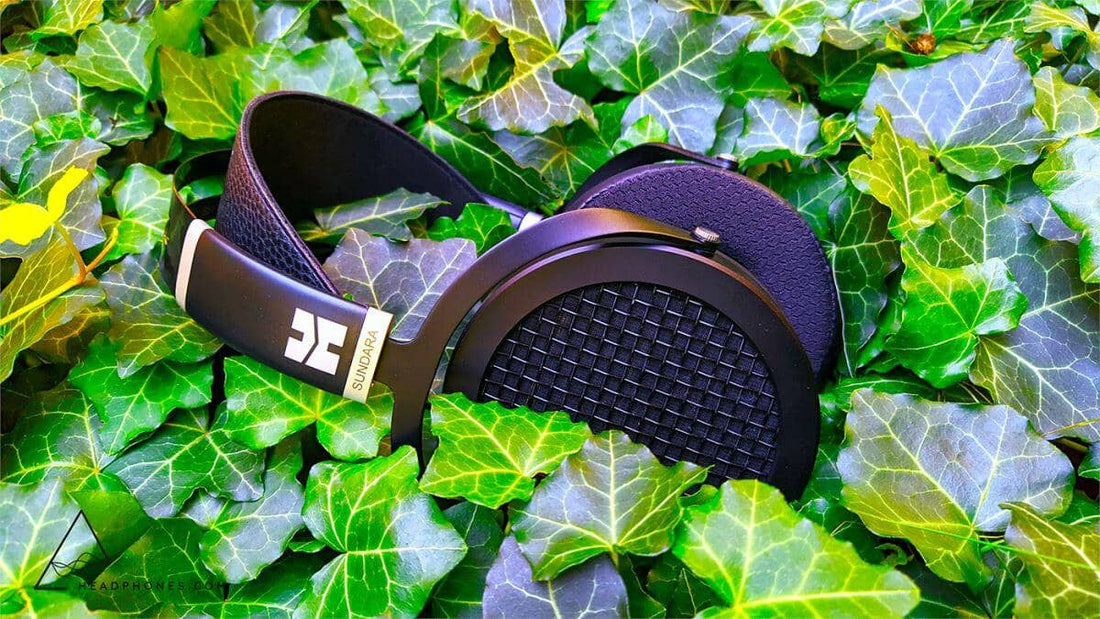
Review written by @Fc-Construct
Review unit on loan from headphones.com
Introduction
For most people looking to get started in the headphone hobby, the $350 HiFiMan Sundara is likely to be one of options they’ve come across. One of HiFiMan’s newer models, it’s generally regarded as one of the best mid-fi choices for anyone looking to get started with planar headphones. Having reviewed the $150 HiFiMan HE400se model previously, I’m most interested to see if the increase in performance is worth the difference in price.
The Sundara I will be reviewing today is the 2020 model. There is some confusion around whether or not there is a new, different 2021 model. I reached out to HiFiMan support and as it turns out, there’s actually no other version of the Sundara.
What’s in the Box?
The unboxing experience of the Sundara is very similar to that of the HE400se. Inside the box is simply the headphone and cable nestled in a black fabric that attempts to evoke a sense of luxury. It’s better than the painfully cheap plastic the HE400se sits on. I like the included cable. While it’s a rather generic black rubber cable, it works well. The connection jacks are solid and there’s no cable noise or memory. It is on the shorter side however, about the length of a regular IEM cable so you will have to get an aftermarket one if you’re looking for something longer.
From the outset, the build quality of the Sundara is leaps and bounds above that of the HE400se. While the overall shape of the headphone is the same, the Sundara has a full metal build that feels substantial in hand. Here we get a large leather suspension strap that spreads out the weight of the Sundara over a wide area to minimize pressure spots. As such, I find the Sundara to be very comfortable, moreso than the HE400se. The pads of the Sundara are a perforated fabric/pleather mix that’s soft to the touch. The metal connection between the yokes and the cups is significantly more robust than the HE400se’s plastic to metal approach. I don’t expect any snapped cups here unless a user is careless with setting them down after use.
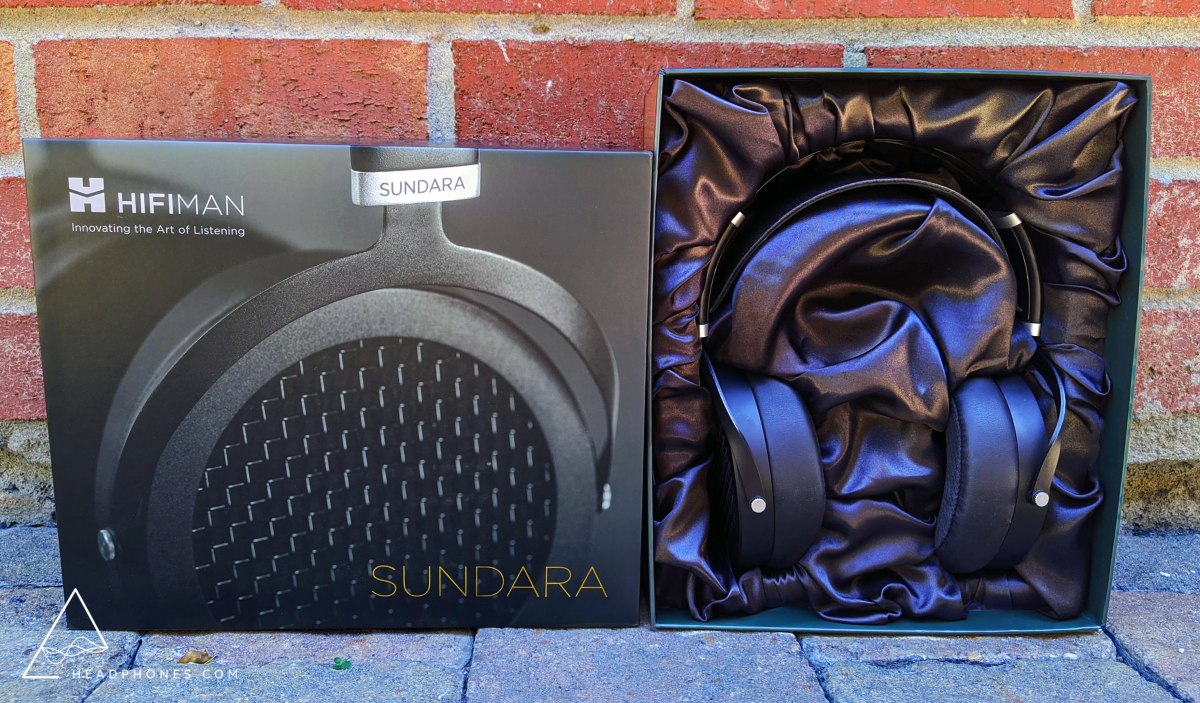
Sound
Immediate impressions are that the Sundara is a souped-up version of the HE400se. Or if you want to look at it another way, the HE400se is an inferior Sundara. To give an analogy, if the HE400se is a newcomer who barely made it into the prestigious school of audiophile headphones, the Sundara is the well-liked regular. Though not perfect, the Sundara is a generally excellent headphone that exceeded my expectations. The Sundara is a firm introduction to the “planar experience”, including HiFiMan’s standard neutral-bright tuning. As such, while it’s a pretty good all-rounder, it performs excellently with rock tracks or genres adjacent to that… which just so happens to be what I mainly listen to.
 Measurement of the HiFiMan Sundara (2020) on an industry standard GRAS 43AG measurement rig. The dotted black line represents the Harman target, a reference frequency response developed using consumer preferences. The blue line is how the headphone in question measures. Effectively, this shows how significantly the headphone’s frequency response deviates from the target. Note however that the target is highly smoothed and strict adherence to the Harman target is not necessary for a headphone to sound good.
Measurement of the HiFiMan Sundara (2020) on an industry standard GRAS 43AG measurement rig. The dotted black line represents the Harman target, a reference frequency response developed using consumer preferences. The blue line is how the headphone in question measures. Effectively, this shows how significantly the headphone’s frequency response deviates from the target. Note however that the target is highly smoothed and strict adherence to the Harman target is not necessary for a headphone to sound good.
Bass
Like the HE400se, the Sundara’s bass tuning is the same most of the HiFiMan headphones. Flat. Needless to say, there is not a hint of bloat or mud on this headphone. Unlike the HE400se however, the bass of the Sundara sounds fuller with more depth to it. I would not call the Sundara anemic in any way. Bass has a nice sense of slam, control, and resolution, so-called “planar bass” if you will. Though there is a slight roll-off at the very lowest octaves, rumble is plenty present. It’s quite a bit better than the HE400se but do I get the feeling that there’s some performance still to be found. Perhaps in the Ananda.
Mids
The mids of the Sundara have a neutral tone that’s slightly forward in the upper mids. The balance is very well done and provides great clarity to the sound. There’s a real sense of aggression in the mids. It’s lively and energetic with an edge to its sound. This is not a laid-back headphone for easy listening; this is a headphone that engages you within the music. In contrast, the HE400se sounds mellow. Despite this aggressiveness, there’s little to complain about instrument tone. A minor sense of dryness perhaps, but honestly that’s nitpicking for nitpicking sake.
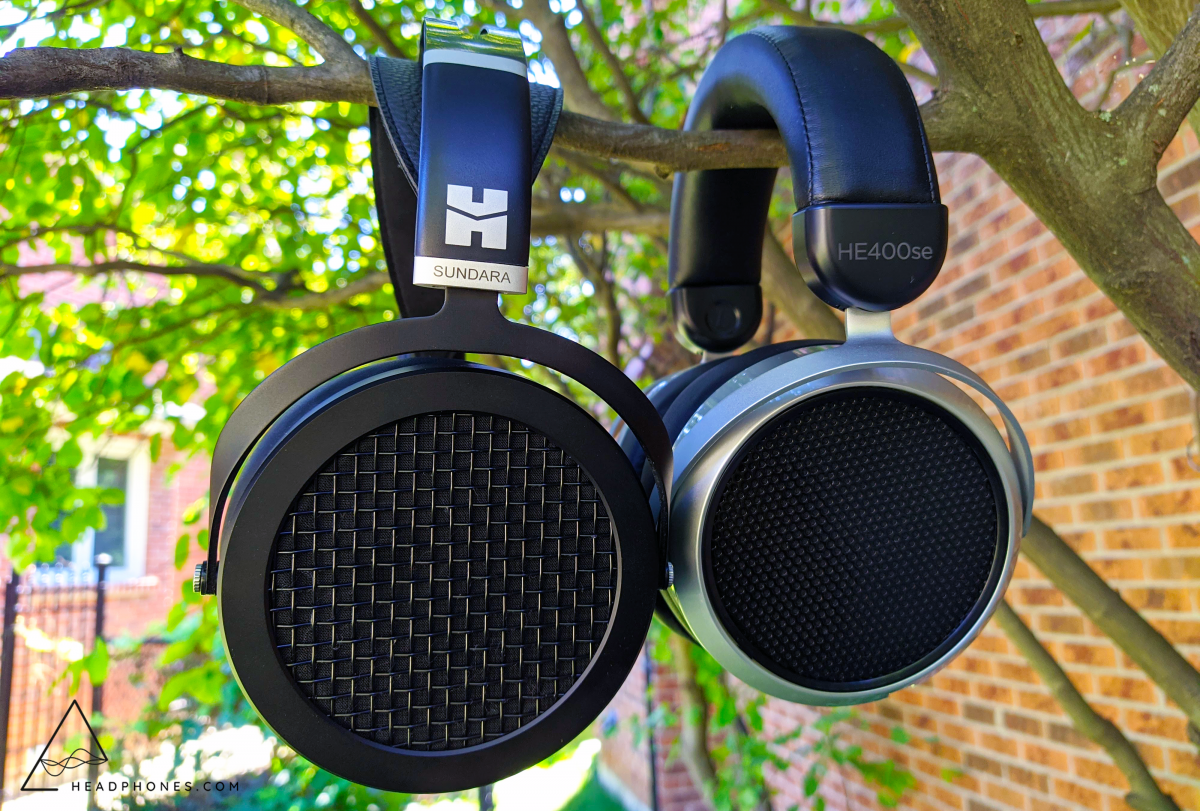
Treble
As part of that neutral bright tuning, there is a good helping of lower treble energy on the Sundara. Yes, it does get sibilant at times and yes, certain notes have a piercing quality to them. But note that this is different from the 7 kHz peak on the HE400se that’s clearly prevalent. On the Sundara, it’s a general spiciness without a specific culprit. I personally don’t think this is an issue but if you’re especially sensitive to treble it is a point of caution. While I like the Sundara’s treble as it continues the lively, energetic sound of the mids, there is a brittleness the timbre that’s noticeable on the hats and cymbals. It can be a little immersion ruining when it appears. Not a deal breaker for the Sundara as a whole but it does diminish the experience for me.
Presentation
The staging of the Sundara can be described as generally good. The soundstage isn’t particularly expansive but is what I’d consider satisfactory for an open back. It’s slightly larger than the HE400se with a more open sound. Imaging is similarly pleasant. Much better than the 3-blob affair of lesser headphones, the Sundara shows off some depth to its sound as well.
Resolution is really good on the Sundara and a definite step up from the HE400se. I’d go so far as to say it’s about as good as you’re going to get from mid-fi headphones. Instrument separation is excellent; I never get a sense of congestion on the Sundara. Layering is alright as it manages to use some of the stage depth but doesn’t really go beyond a couple layers deep. As for dynamics, the Sundara has better microdynamic control than macrodynamic breadth.
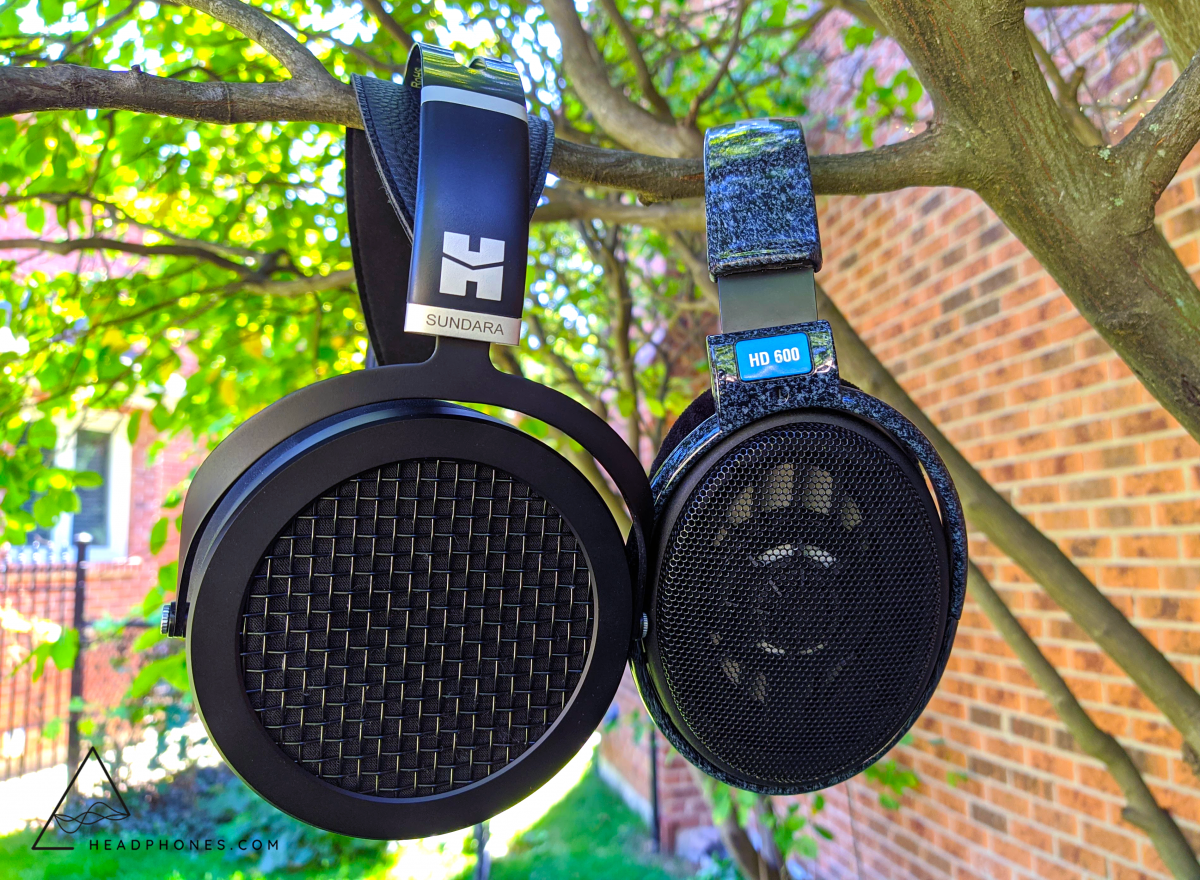
Comparison to the Sennheiser HD600:
I’ve talked a lot about the Sundara vs. the HE400se. But where does it stand against the HD600? From a tuning standpoint, bass and treble have better clarity on the Sundara. Though I’d say both headphones roll off about equally on both ends in terms of extension, the Sundara’s roll-off doesn’t feel so noticeable. The sharpness of the mid treble masks the upper treble roll-off while the control of the bass allows it to clearly rumble right before it rolls off. The HD600 has more of a midbass punch focus to it’s sound and a mellower treble that completely free of the brittleness found in the Sundara. And of course, the mids of the HD600 have a smoother sound, slightly more natural tone compared to the aggressiveness of the Sundara. From a technical standpoint the Sundara edges out the HD600 on practically all fronts. While macrodynamics is about the same, the Sundara really pulls ahead in terms of microdynamic control. If I had to use one word to describe the difference between the Sundara and HD600 it would be clarity. While the HD600 strives towards a tonally pleasing sound, the Sundara is laser focused on a transparent, analytical signature.
Between the two, I think most people would be better off with the Sundara. However if you know that you’re extra sensitive to treble or are fanatical about timbre, then the HD600 is the way to go.
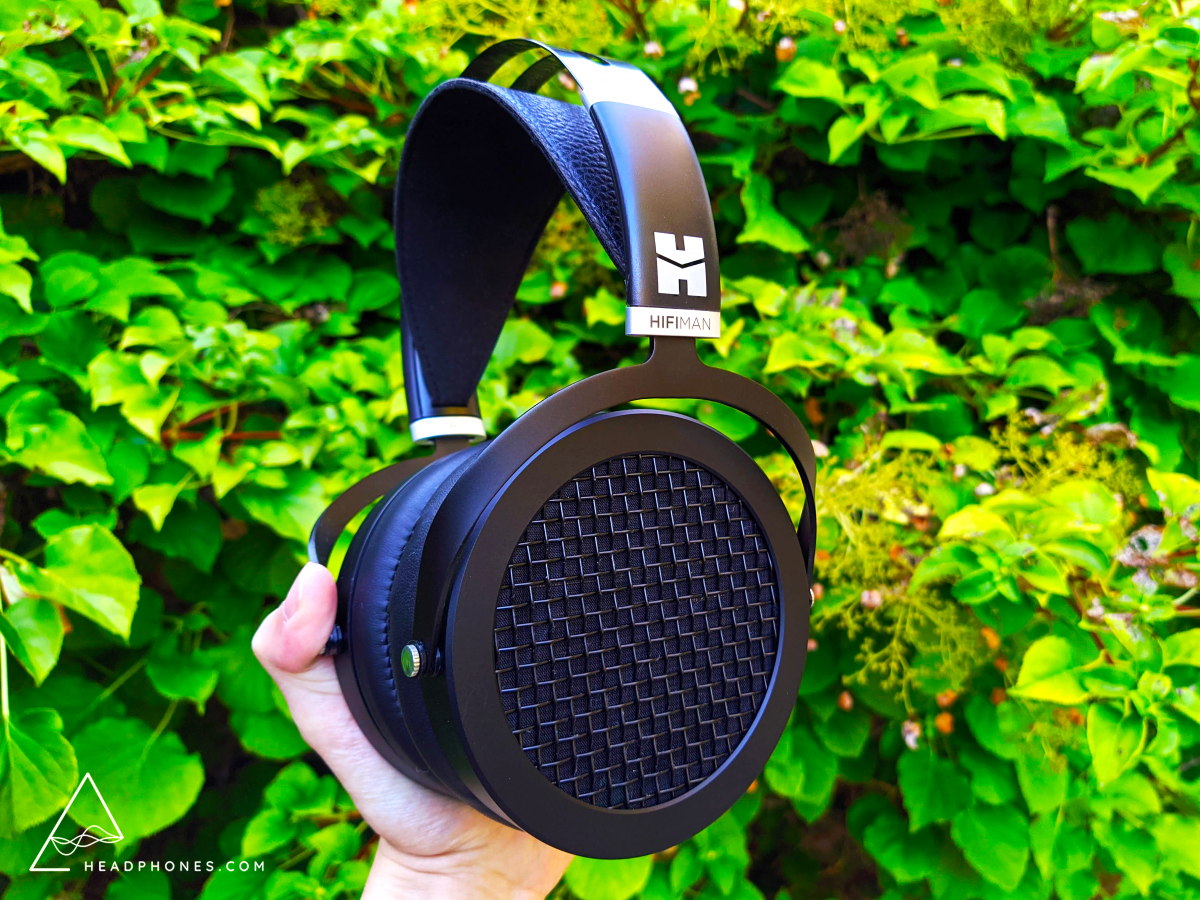
Should You Buy It?
Yes. The Sundara is one of the few headphones I can confidently say is worth the price. Having the HE400se and Sundara side by side, I can’t see myself settling for the HE400se. The difference in build and sound quality is seriously worth it. It’s priced accessibly enough at $350 and performs just as well as any headphone until you start considering with something like the Focal Elex or better. If you’re looking at getting your first “real” headphone or want a planar experience, I think the Sundara is the obvious choice. Its overall sonic performance is a clear indication that you’re stepping into the so-called world of “hi-fi”. Just don’t forget to get an amp to go with it. While the HD6X0 line is still very strong contender, the superior technical performance of the Sundara gives it a minor lead. Either way, the mid-fi price range looks to be in a healthy position with headphones like these around.
_____
This is part two of review series where I will look at the HiFiMan HE400se, Sundara, and Ananda. Stay tuned for the final installment with the Ananda!
-FC-Construct
---
Buy the HiFiMAN Sundara for the best available price.
Discuss the HiFiMAN Sundara at the HEADPHONE Community Forum here.
---
